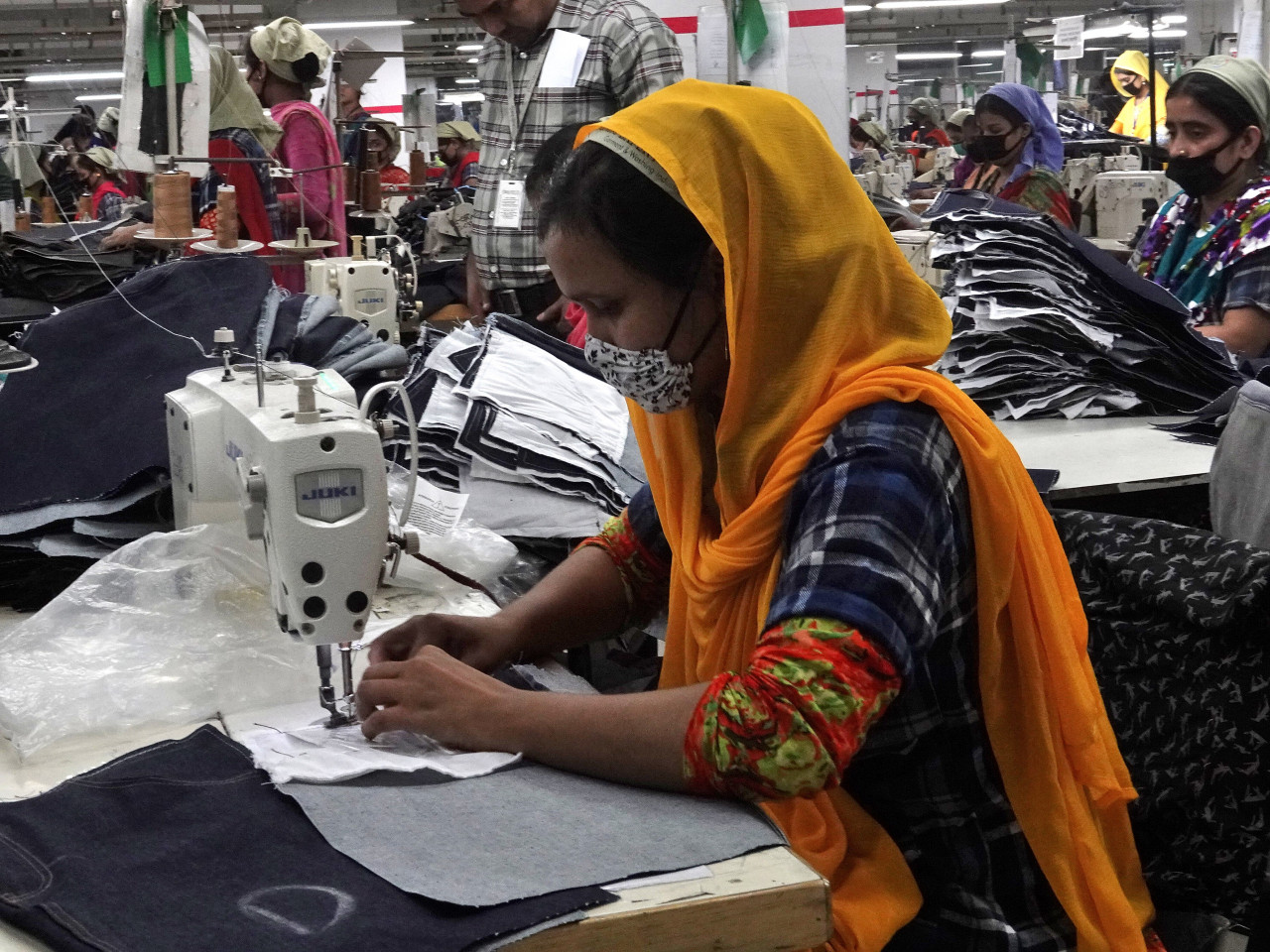The fund will provide non-dilutive and subordinated risk capital to SMEs operating in the textile and fashion supply chains in India, Bangladesh, Vietnam and Turkey.

Dutch impact investment firm FOUNT, has secured grant funding to finance the development of a second fashion fund. The grant, for an undisclosed sum, has been provided by Catalytic Climate Finance Facility (CC Facility), a partnership between advisory firm Climate Policy Initiative (CPI) and Convergence, a global network for blended finance.
The aim of the facility is to scale climate financing through funding for early-stage and market-ready financial solutions. FOUNT, which recently announced its sixth and final investment in the $19m Good Fashion Fund, will use the grant towards finalising legal and regulatory structuring, new market entry analysis, the development of impact frameworks, and a gender strategy for a $60m Good Fashion Fund 2.0 (GFF 2.0).
The CC Facility will also support strategy refinement for a dedicated $1.5m technical assistance facility for the fund focused on environmental, social and regulatory compliance, as well as gender equity.

Speaking to Impact Investor, Jayanth Kashyap, investment lead for the Good Fashion Fund, said: “We need to design the strategy and have the tools in place to actually launch the fund and this grant will help us to speed those activities up.
“The CC Facility is aimed at supporting financial solutions that use innovative blended finance approached that directly address climate action either through adaptation, mitigation or both.”
Kashyap said that the CC Facility will also offer the fund access to the Convergence and CPI investor networks and help with fundraising activities, with the aim of reaching first close of $25m before year’s end and final close in 2026.
Investment focus
Like its predecessor, GFF 2.0 will target investment into small and medium-sized companies in the textile and fashion supply chains to drive adoption of renewable and energy-efficient technologies aimed at accelerating decarbonisation, renewable energy adoption, and improving social and gender outcomes.
The fund will also extend its geographical scope beyond Bangledesh and India, where the first fund invested across nine factories, to include Turkey and Vietnam.
The investee pool will include portfolio companies in the first fund, as well as companies within the supply chains of brands that are members of the Fair Wear Foundation, a Dutch non-profit and a long-standing partner of FOUNT, which works with fashion brands and workers to improve labour conditions in garment factories.
“We would like to onboard these brands as strategic partners for fund 2,” said Kashyap, explaining that most fashion brands are far off reaching their net-zero targets because of the slow progress or lack thereof in addressing Scope 3 emissions generated within their supply chains.
“The proposition for these brands is that we will invest in their key suppliers to accelerate the brands’ and suppliers’ sustainability ambitions, and in return brands will work with suppliers to ensure business stability through longer term offtake agreements, and responsible purchasing practices, while making strong commitments to both the environmental and social dimensions such as gender, social dialogue and living wages. We’re trying to equalise the power relations between the suppliers and the brands.”
FOUNT said the fund will apply both climate and gender lenses to all investments and promote fair and ethical labour conditions for workers, especially women.
Mezzanine financing
Kashyap explained that unlike the first fund, which was purely focused on debt financing, GFF 2.0 will provide non-dilutive and subordinated risk capital also known as mezzanine financing, which could allow it to increase its corporate-level engagement without diluting the suppliers’ ownership of the company.
“The reason we’ve decided to diversify and use a different financial instrument is because pure debt doesn’t give you a seat at the table. The intention with this fund, as with the previous fund, is not just to give capital and then sit back and see what happens. This structure allows us to work closely with companies, offer advice on their strategy and sustainability and improve their own governance, including building capacity through the technical assistance facility,” he said.
Kashyap explained that the mezzanine capital could be debt or equity-like depending on the regulations of the country and the appetite of the company.
“In India, for example, mezzanine financing can either be convertible debt or it can be preference shares,” he said, adding that the provision of subordinated debt, although riskier in nature, could increase the potential for higher returns.
“With this fund we really want to increase our financial additionality and unlock more private sector investment in an industry where subordinated risk capital is not readily available at scale. Part of the aim behind the grant funding is also to test if this type of instrument would be useful. We strongly think it will be,” he added.






